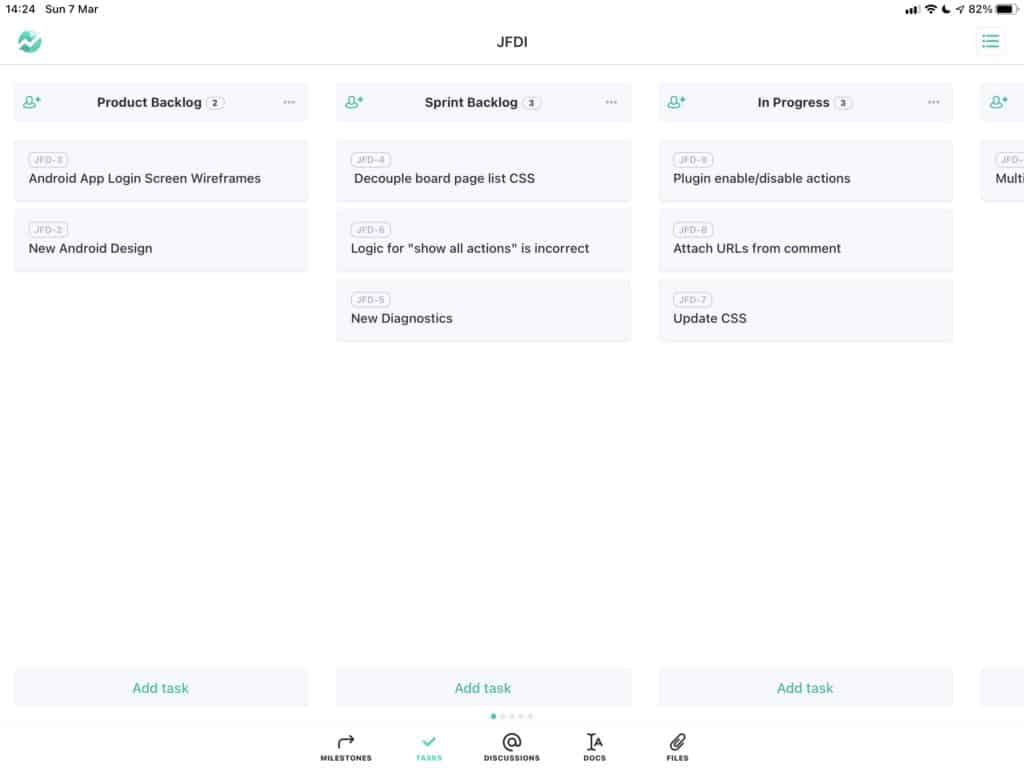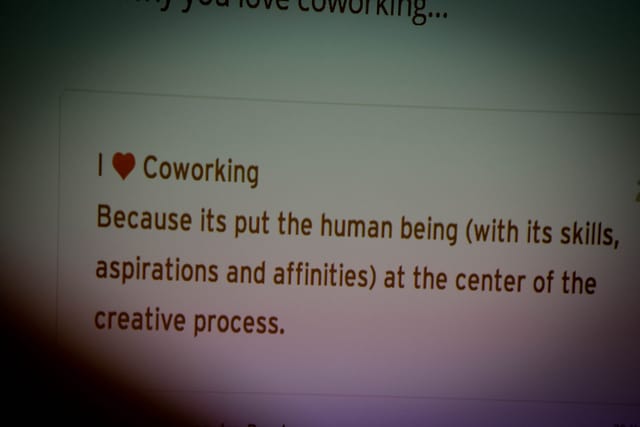So, reader, I stopped writing here for a couple of weeks, and this post is about how I got back in the groove.
In the last two weeks, I’ve been losing my hair, and parts of my body have been falling off with confusion and stress.
Then I thought about how to set the reset button.
It can’t go on like this; I spent a day walking around, hoping that by the end of the day, it would all have sorted itself out.
It did not.
There was not anything particularly wrong, but I felt a massive amount of brain fog and confusion.
But this is not that doom and terror depression-like stress and despair.
I mean, this is a kind of holy fuck; this is happening rush of confusion.
It’s like having a baby.
Like when you become a parent, you walk around for nine-months saying, ‘we’re going to have a baby!’
Then one day, your baby arrives, and everything changes.
For nine months, you knew it was going to change, and you’ve seen babies before, then when you have your own one in your home – holy moly!
What is happening then?
In 2020 there was a ‘does anyone know what is going on feeling?’
We battled hard with websites, London Coworking Assembly membership and European Freelancers Week.
Now we’re about to hit a new phase, and it feels like the ‘real’ work is about to begin.
In the last four weeks, we’ve:
Published our PayPugs site, and it’s making money.
Published our Velvet Platform website, and the payment platform is in testing right now.
London Coworking Assembly is going strong with the events and meetups building steadily.
We signed four sponsors who will fund students from UrbanMBA to write blog posts on the London Coworking Assembly site.
All their sponsorship payments will go through the Velvet Platform; how good is that for a product launch?
We’re filling up fast for our second Coworking Symposium event with the Prague University of Economics and Business.
The Coworking I.D.E.A. Project to make coworking more Inclusive, Diverse, Equitable and Accessible is off to a strong start.
Back to the scrum book
So I went back to my beloved Jeff Sutherland scrum book and looked at how I could get a grip.
The book is called Scrum: The Art of Doing Twice the Work in Half the Time – you can get it here.
‘Scrum’ is a project method born out of the Manifesto for Agile Software Development – or did Agile come from Scrum?
I’ve been in many projects where we’ve used Scrum or our version of it.
In 2014 as I headed off to Coworking Europe and the coworking camp for the first time, I downloaded Scrum by Jeff Sutherland.
I walked around Lisbon listening to how all those little columns on trello or kanban boards could build space ships, cars and cash machines.
And build them with less work, on time and on budget.
Where did Scrum help?
I’d been messing about with Trello for a few years and loved it, but I did not completely understand how it worked.
Reading that book was a total Neo in the Matrix stopping the bullets moment.
I loved the way you organise and show where you are, doing things in a way that lets others see what is going on.
Being open and honest with your energy, time, and the amount you have on was great.
Your project board is like lists of post-it notes in four columns.
Backlog – this is everything in the project – think of it like ‘an inbox’.
To do – what you are doing now (sprint backlog)
Doing – what you are doing right now.
Done – what you have completed.
Ensuring you are not doing things for the sake of doing them, doing little steps and seeing if that is what everyone needed.
And checking in often, the best is every day in a Stand-Up.
What is a daily stand up?
The basic stand up is:
A 15-minute report done standing up, so you don’t get comfortable!
Everyone reports:
What they did.
What they are going to do.
What is in their way?
The ‘what is in your way’ is the mind-blowing question for me.
90% of the things in my way are things I’m too scared to ask for help with.
And for a long time, I’d rather struggle to work it out than ask for help or pass the task on.
Of course, after a certain point, everyone knows you are in the shit.
They can smell you are avoiding asking for help, so it is better to ask for help early.
Too much going on?
For around five years now, my mate Karen and I have had a ‘Weekly Accountability Call’ – known as a “WAM” every Monday at 09:30 am.
Based on the “12 Week Year” book, this “WAM” session is a weekly stand up.
We share what we got done last week and what we are going to do next week.
Now my point here is this:
Whatever is happening, I have too much on; I’m in a whirlwind.
If I am a freelancer – I’m in a whirlwind.
If I am helping run a coworking space – I’m in a whirlwind.
Or, as I am now part of a 50 person company running two-three brands – and guess what?
In his 2015 book, 4 Disciplines of Execution which, builds on a 2005 workshop recording by Stephen R. Covey Jennifer Colosimo, the author Sean Covey digs into our ‘mode of working.’
Sean got my attention when he talked about people ‘working in a whirlwind.’
I have long thought that I love working in a whirlwind; I get a lot done.
But how does this affect everyone else?
My work wife
My ‘work wife’ Jeannine has legal, business acumen and in-depth knowledge of learning and working styles.
Jeannine was already skilled in accepting my whirlwind.
Now she knows how to nudge me with a stick and keep me going or get me to stop.
She is skilled at letting me know I’m lying to me, her and the rest of our team when I say, ‘yes, I have time for that; let me do it!’
But it has taken several car crash episodes over the five years to learn to keep my mouth shut and only work on what I can do.
These days when Jeannine asks, ‘are you sure you have enough time?’ I know where to go.
Are you living on the edge?
A long time ago, I talked with my mate Daniel, and somehow he slipped into the conversation a question.
‘Bernie, have you ever considered you love living on the edge? Is this the place you like to operate from?’
To be clear, ‘living on the edge’ in this context is not in a glamorous James Bond type way.
But a tragic self-sabotage type way.
Like a drunk elephant trying to walk on a tight rope over a group of school children eating their pack lunch in a museum.
The Whirlwind
It is worth connecting Daniels question to the whirlwind I work in now.
Because whatever is going on, good or bad, I still get myself in the same spot.
The effect on me.
When I don’t get things done, I get angry and mad with myself.
Then things pile up.
Then I get very stuck and don’t think straight.
The Total Kill to my flow
Two things that kill my flow and creativity dead are too much going on and no money in my bank account.
When I enter space, I have to use my self-awareness not to start an infinite loop of doom.
Even if I only have £50, I know I can buy an excellent double espresso, a kombucha and get the bus home with my son if it’s raining.
When I have to micromanage money, I compulsively check my bank every thirty minutes on my phone.
Eventually, I start having exhausting panic attacks, and my brain shuts down.
Ctrl, Alt, Delete
As you may know yourself, cash flow has been razor-thin through 2020, so being able to work in a whirlwind with very little cash was a great skill to have.
But now that type of pain is over.
Even with the world in a place of uncertainty, I’ve never been on more solid ground.
I’ve developed a ‘Ctrl, Alt, Delete’ tactic from journaling and making life plans.
You can find these plans in the ‘12 Week Year‘ book, and the ‘Hero on a mission‘ course in Business Made Simple University.
Because I write out where things are going and what I’m going to use to get me there, I can delete the swarm I’ve created for myself and reset.
Setting up scrum boards
So I reread the Jeff Sutherland scrum book – that is around 15 times in six years now.
I love rereading books now; I’m in a different position to when I brought them.
In every book, I hear new things relevant to the goals and frustrations I have now.
I jumped into Nifty, the project alternative to Asana, Trello, and Basecamp I got from App Sumo.
If you are interested here’s a blog I wrote about scrum.
Pro tip: Get on App Sumo
If you are starting something, get over to App Sumo and start paying attention to the deals.
Two App Sumo products we use in our company are:
Nifty project tool:
I paid a one-off fee of $250 for a lifetime plan for 15 seats, unlimited clients and guests, and 1 TB of storage.
If we paid monthly, it would $149 A MONTH!
Frase AI/SEO content creator:
I paid a one-off fee of $138 for a lifetime team plan that would be $114 A MONTH!
That is $3,156 saving a year for a $388.00 investment!
Can you imagine adding up the time we save with both Frase and Nifty?
Because that is where the real gold is; Frase scans the internet for other content based on our topic, which alone saves a couple of research hours on writing a post.
Join App Sumo for free here.
But, no one is coming to save you, not even an app.
I’ve invested a lot of time learning how to learn; it has helped me outrun and fall in love with my dyslexia.
Especially things like Mind Meister, Voice Dream Reader, and my Ipad have changed my life and career.
But it is important to note that you have to do the work.
If we were in college, the reward comes from reading 1984 by George Orwell or Romeo and Juliet and then doing the essay.
There is no reward in buying an essay from a website or an app.
It is tempting to ‘outsource our success’ to other people, apps, website and other peoples plans.
Nobody and no apps are coming to save you.
The Set-Up Now
I opened the scrum board template in Nifty you see below.

Then I set myself a set of five week-long sprints and loaded all the things only I can do in there.
I’m going to have to be super disciplined to keep focused on time blocks and not take on other stuff.
When I commit to this, I’ll clear my backlog.
I’ll get back content for blogs, podcasts, websites and emails that I’ve struggled to do in the last two weeks.
I adore writing and interviewing people; it breaks my heart when I allow myself to fall off the wagon and into my whirlwind.

